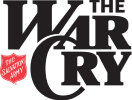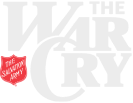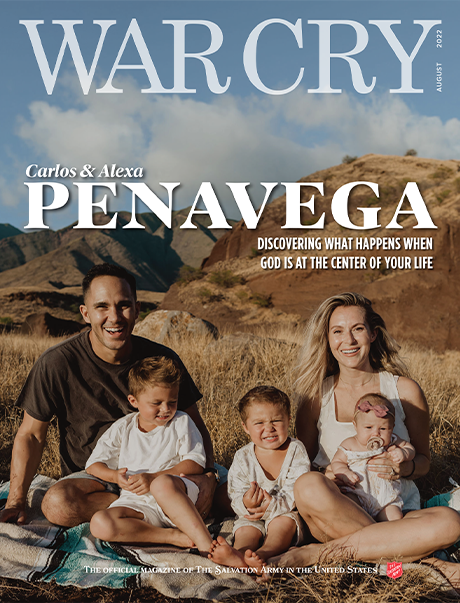20 Years of Kroc Ministry
"A beacon of light and hope in the community.”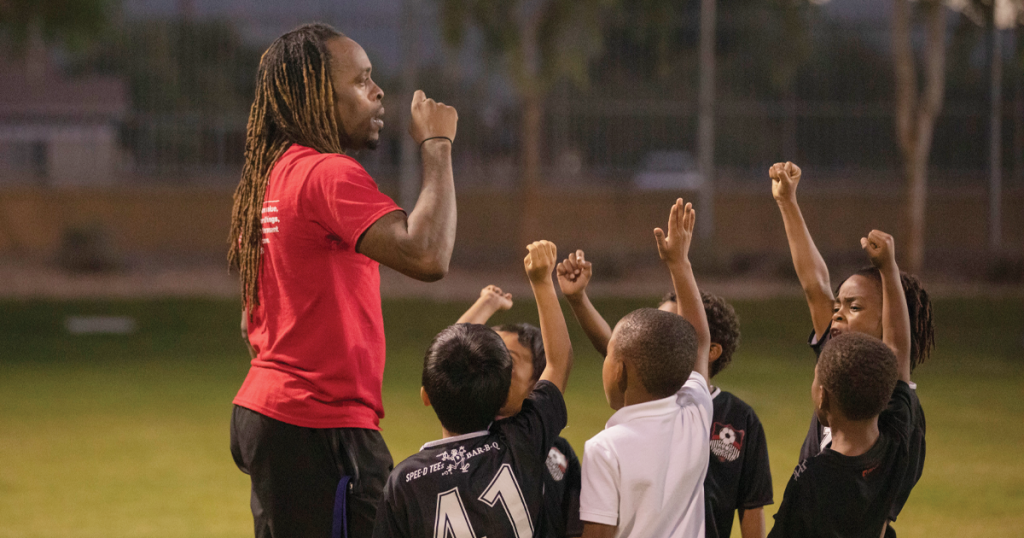
At the turn of the previous century, The Salvation Army owed much of its growth to what Salvationists lovingly call “the Open-Air”—regular outdoor meetings engaging the public by taking the Gospel literally to the streets. At the turn of this century, the open-air is not as effective for a variety of reasons—suburbia and technology, among others.
But our innovative God provided another means for the Army to reach the masses. Drawing the public’s interest toward 26 Kroc Corps Community Centers across the nation is proving to be an amazingly effective way to share God’s love.
Joan Kroc’s vision of a safe gathering facility was birthed in San Diego in the late 1990s. Her dream was to provide a place with facilities and trained professionals to nurture children’s social skills, arts appreciation, and athletic potential. She described her hope for such a place as “a beacon of light and hope in the community.”
The more Joan Kroc learned about The Salvation Army, the more she believed in the Army’s mission, and entrusted our organization to make her vision a reality.
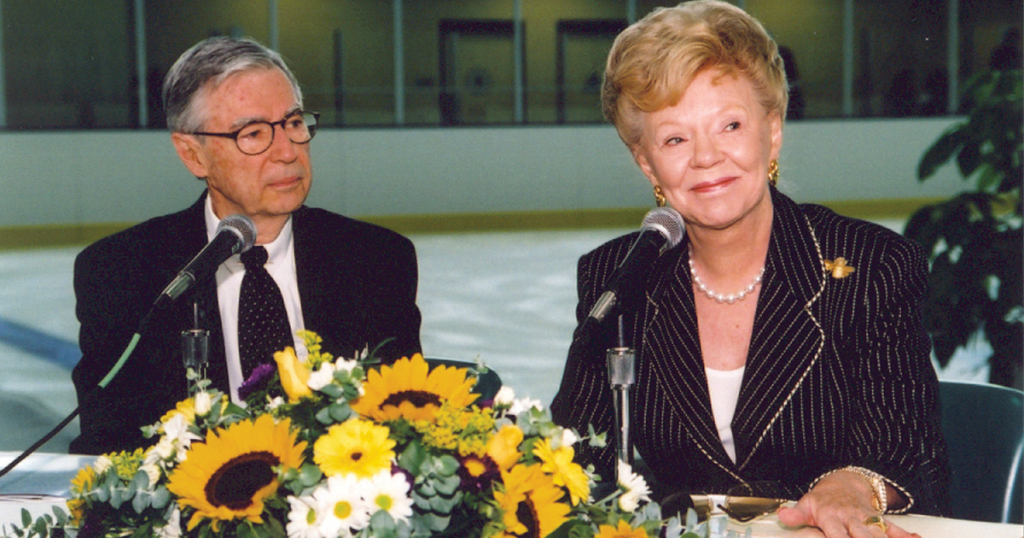
She lived to see her dream of that first Kroc Center come to fruition in San Diego. During the dedication she said, “What a wonderful, wonderful day.” Then in a nod to Fred Rogers (of “Mr. Rogers’ Neighborhood” fame) who was also in attendance, she said, “It’s just great to be ‘in the neighborhood’, isn’t it kids? I love it!”
She shared two hopes that day: “One hope is that in the next one hundred years, tens and tens of thousands of children will have had thousands of hours to enjoy this beautiful new facility. And my other hope is that as you grow and develop and are nurtured that your hearts will never, ever become hardened with intolerance or hate” but instead be filled with “peace and love. You’re what the world is banking on!”
So pleased was she of what was accomplished in San Diego, her sights quickly became enlarged to similar canters across the nation. She began talking about constructions of Kroc Centers in Chicago and the Mississippi Gulf Coast. Upon her death on October 12, 2003, she left $1.5 billion to The Salvation Army, at the time the largest philanthropic gift to a single organization in history, expressly for the construction and operation of such projects.
The gift, divided among the Army’s four USA territories, resulted in 26 Ray & Joan Kroc Corps Community Centers. Far from being “cookie-cutter” facilities, each Kroc is unique in that it expressly addresses the needs of that community. The largest and first, of course, is in San Diego—the smallest is Ashland, Ohio and Camden, New Jersey. Perhaps the most unlikely location is in Coeur d’Alene, Idaho, where no Salvation Army unit existed before.
Strategically located in formerly blighted neighborhoods, each Kroc is proving to be a boon to the community. So much so, one city official commented, “Five years ago, this was a vacant lot. Today, people are dancing here!”
Joan Kroc’s faith in The Salvation Army has provided an expression of our mission and ministry in a brand-new way—a way we have never done before.
“Kroc Centers provide facilities, programs, and services that encourage positive living, offer life-changing experiences for children and adults, strengthen families and enrich the lives of seniors, with the goal of uplifting individuals and benefiting communities in need.”
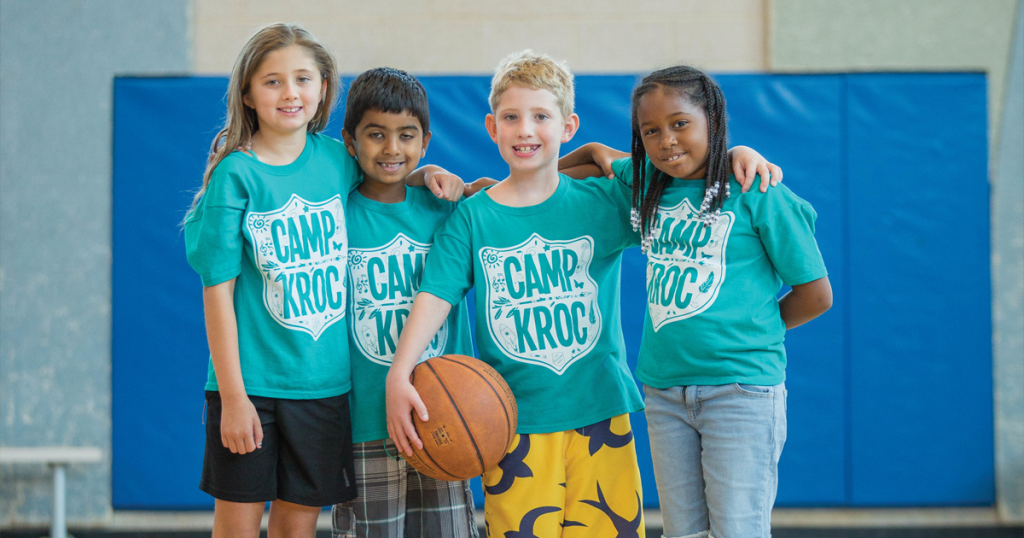
Economic Halo Effect Study
In 2015, The Salvation Army engaged with Partners for Sacred Places and McClanahan Associates to quantify the annual positive social and economic impact that Kroc Centers are creating in and for their communities. Highlights of this report include:
- $258,178,776.00 – Total Annual Economic Benefit
- $99,195,478 – Direct spending by the centers to hire a total of 797 full-time and 2,288 part-time staff, and to buy local goods and services
- $70,601,194 – Invisible safety net: various catalyzing or leveraging economic values for center users including membership subsidies, scholarships, space and in-kind support to individuals and community-serving programs
- $48,738,141 – The value of people getting and staying healthier
- $30,986,249 – Magnet effect of induced spending in the local community by center visitors
- $7,914,402 – The value of daycare programs that allow parents to work
- $743,312 – Outdoor recreation space
